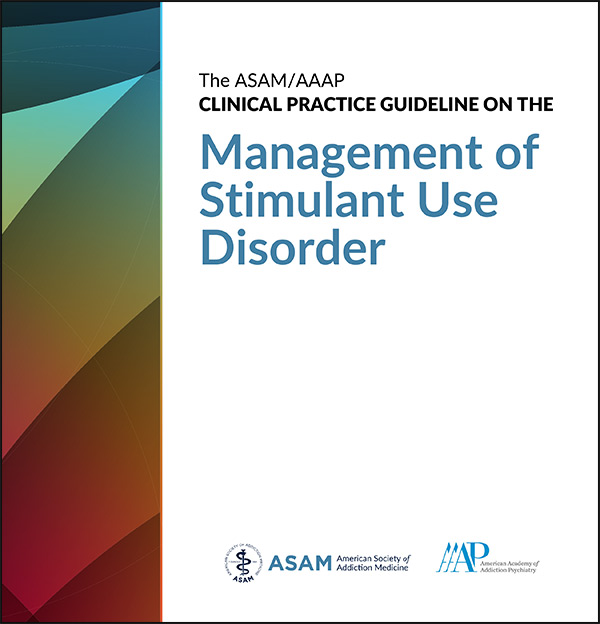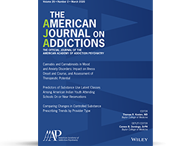Beyond overdose deaths, Stimulant Use Disorder (StUD) can cause a range of serious and long-term health problems, including cardiac, psychiatric, dental, and nutritional complications. Injection stimulant use increases the risk of contracting human immunodeficiency virus (HIV), viral hepatitis, and other infectious diseases such as infective endocarditis. The stable or rising availability of stimulants, low prices, and potential contamination of stimulants with high potency synthetic opioids such as fentanyl and other components such as levamisole are expected to exacerbate risks.
Taken together, these factors have propelled StUD and stimulant use to an urgent health crisis. This Guideline aims to assist clinicians in treating individuals with StUD (including adolescents and individuals who are pregnant), as well as individuals experiencing stimulant intoxication or withdrawal, and individuals who are at high risk of developing StUD. This Guideline draws on existing empirical evidence and clinical judgment with the goal of improving the quality of care for people with StUD.
The American Academy of Addiction Psychiatry and American Society of Addiction Medicine have created a pocket guide adding to the organizations’ Management of Stimulant Use Disorder materials.
This pocket guide aims to assist clinicians in treating individuals with StUD (including adolescents and individuals who are pregnant), as well as individuals experiencing stimulant intoxication or withdrawal, and individuals who are at high risk of developing StUD.
The guide was created in alignment with the recently released Clinical Practice Guideline on the Management of Stimulant Use Disorder.
Need help treating your patients with stimulant use disorder? You can fill out a request with the Opioid Response Network, a SAMHSA-funded grant initiative, for free training and education.
Funding: The development of this Guideline was generously funded with contract support from the Centers for Disease Control and Prevention (CDC) and the National Institute on Drug Abuse (NIDA).
Endorsements: AAAP and ASAM are honored that this clinical practice guideline has been endorsed by: The American College of Medical Toxicology, The American Society for Adolescent Psychiatry, and The American Society of Addiction Nursing.




